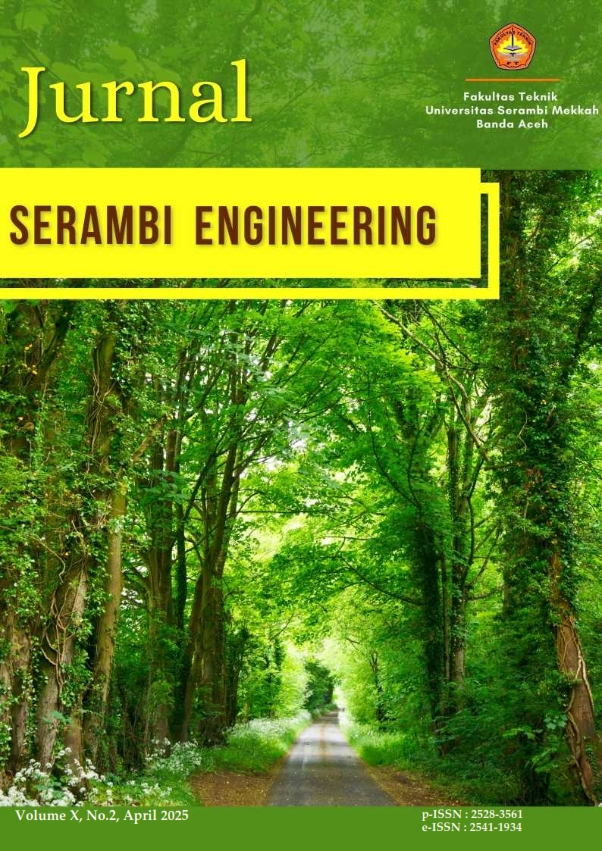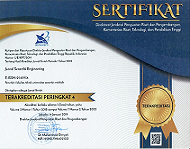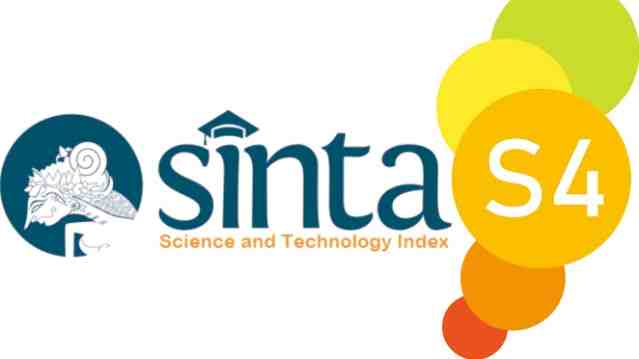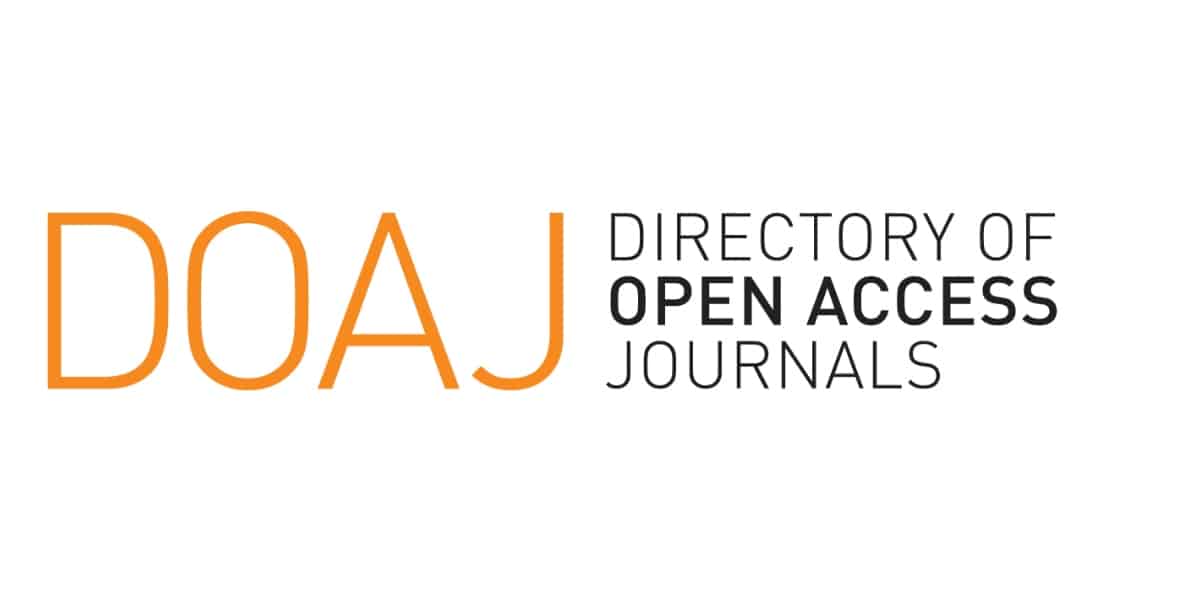Faktor-faktor yang Mempengaruhi Pengelolaan Sampah Berbasis Masyarakat di Kelurahan Bantan Kecamatan Siantar Barat Kota Pematangsiantar
Keywords:
pengelolaan sampah, partisipasi masyarakat, pengelolaan sampah berbasis masyarakat, pengembangan wilayahAbstract
The purpose of this study is to examine the variables that affect the participation of residents of Bantan Village, West Siantar District, Pematangsiantar City in community-based waste management. Cross-sectional study using logistic regression and descriptive analysis is the methodology used. Data were collected through interviews, observations and questionnaires from local communities in the period October to December 2024. Logistic regression analysis uses one independent variable, which is community-based waste management. The independent variables used to find significant factors in community-based waste management are eight variables, namely income (X1), education (X2), knowledge (X3), attitude (X4), facilities and infrastructure (X5), exposure to information media (X6), the role of community leaders (X7), and the availability of waste retribution (X8). The regression model formed from the regression analysis of community-based waste management is LOG (ODDS) =-4.803-5.047X1+2.269X2-0.278X3-4.120X4+3.792X5+4.932X6-3.957X7+3.078X8. Statistically significant factors are income, education, facilities and infrastructure, exposure to information media, and availability of waste collection. The largest factor influencing community-based waste management is exposure to information media, which accounts for more than half of the total influence with a percentage of around 57.6%.
References
[1] Ujang, “Indonesia Perlu Kerja Keras Tangani Sampah”, antara.net.id. March 9, 2025. [Online]. Available: http://www.antara.net.id/index.php/2015/03/03/in
[2] [BPS] Badan Pusat Statistik, "Kota Pematang Siantar Dalam Angka 2023", Badan Pusat Statistik Kota Pematangsiantar, 2023.
[3] [Diskominfo] Dinas Komunikasi dan Informasi. "Produksi Sampah Kota Pematangsiantar Tahun 2022", Dinas Kebersihan dan Lingkungan Hidup Kota Peatangsiantar, 2023.
[4] SIPSN, “Komposisi Sampah di Kota Pematangsiantar”, sipsn.menlhk.go.id. March 8, 2025. [Online]. Available: https://sipsn.menlhk.go.id/sipsn/public/data/sumber
[5] I. Hasanah, “Implementasi Sekolah Sedekah Sampah untuk Mewujudkan Pengelolaan Sampah Berbasis Filantropi di SMP Muhammadiyah Kota Batu,” Int. J. Community Serv. Learn., vol. 2, no. 4, pp. 283–290, 2018.
[6] J. Dobiki, “Analisis Ketersedian Prasarana Persampahan di Pulau Kumo dan Pulau Kakara di Kabupaten Halmahera Utara”, J. Spasial Vol., vol. 5, no. 2, pp. 220–228, 2018.
[7] W. Gulo, "Metodologi Penelitian". Jakarta: PT. Gramedia Widiasarana, 2002.
[8] H. Umar, "Riset Pemasaran dan Perilaku Konsumen". Jakarta: Gramedia Pustaka Tama, 2005.
[9] M. Kuncoro, "Otonomi dan Pembangunan Daerah". Jakarta: Erlangga, 2004.
[10] I. Ghozali. "Aplikasi Analisis Multivariate dengan Program SPSS", Semarang: Universitas Diponegoro, 2009.
[11] R. Sasanto dan R. Purwanti, “Peran Serta Masyarakat dalam Pengelolaan Sampah di Lingkungan Perumahan Studi Kasus: Kampung Banjar Sari Kelurahan Cilandak Barat, Jakarta Selatan,” J. Planesa, vol. 2, no. 1, pp. 80–88, 2011.
[12] D. Ratna. “Pendidikan Pengelolaan Sampah Di Kelurahan Sampangan Kecamatan Gajah Mungkur,” J. Geogr. Media Inf. Pengemb. dan Profesi Kegeografian, vol. 12, no. 1, pp. 94–101, 2018.
[13] I. Nurhadyana, “Faktor-faktor yang Berhubungan dengan Perilaku Membuang Sampah pada Siswa Sekolah Dasar Negeri (SDN) Di Kecamatan Bantar Gebang , Thesis,” Fakultas Kesehatan Masyarakat Universitas Indonesia, Depok, 2012
[14] UNEP, “Global Waste Management Outlook,” unep.org. March 8, 2025. [Online]. Available: https://www.unep.org/resources/report/global-waste-management-outlook
[15] Waste Management, “What Is Waste Management?,” wm.com. March 8, 2025. [Online]. Available: https://www.wm.com/us/en/support/faqs/what-is-waste-management
Downloads
Published
Issue
Section
License
Copyright (c) 2025 Chrissanty Simanungkalit, Achmad Siddik Thoha, Charloq (Author)

This work is licensed under a Creative Commons Attribution 4.0 International License.

















